Documentation for this is a work in progress!
This board allows PH, ORP and water temperature monitoring. It will also inject chlorine using a peristaltic pump (driven with a TI DRV8426) as necessary.
Communication with a "base station" is done through this project.
The building blocks for the circuit are:
Power section: 120V AC to 12V DC converter, then 5-V low-noise LDO, 3.3V LDO
The frontend for ORP and PH is very similar. The high-impedance probe voltages are fed into LMP7721 ultra-low input bias op amps. Each is biased by a voltage reference (0.5V for PH and 2.048V for ORP), as the probes respectively produce +/- 414mV and +/- 2V. That is then fed to ADC1115 ADCs (along with the reference voltages), with i2c signal and voltage isolation along the way using ADM3260s. The microcontroller subtracts the reference voltage from the signal to get the probe's original voltage.
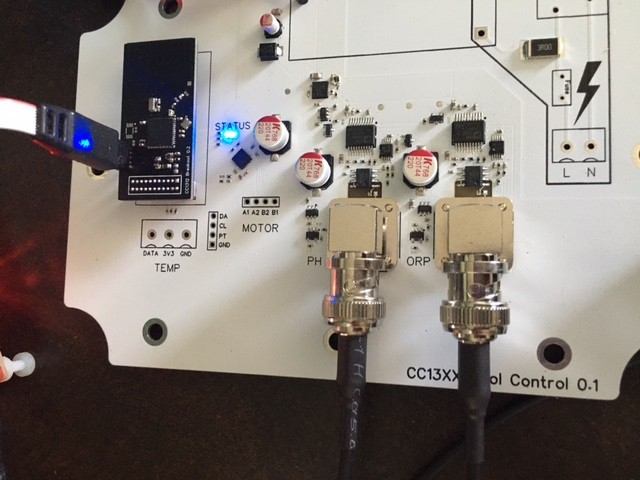
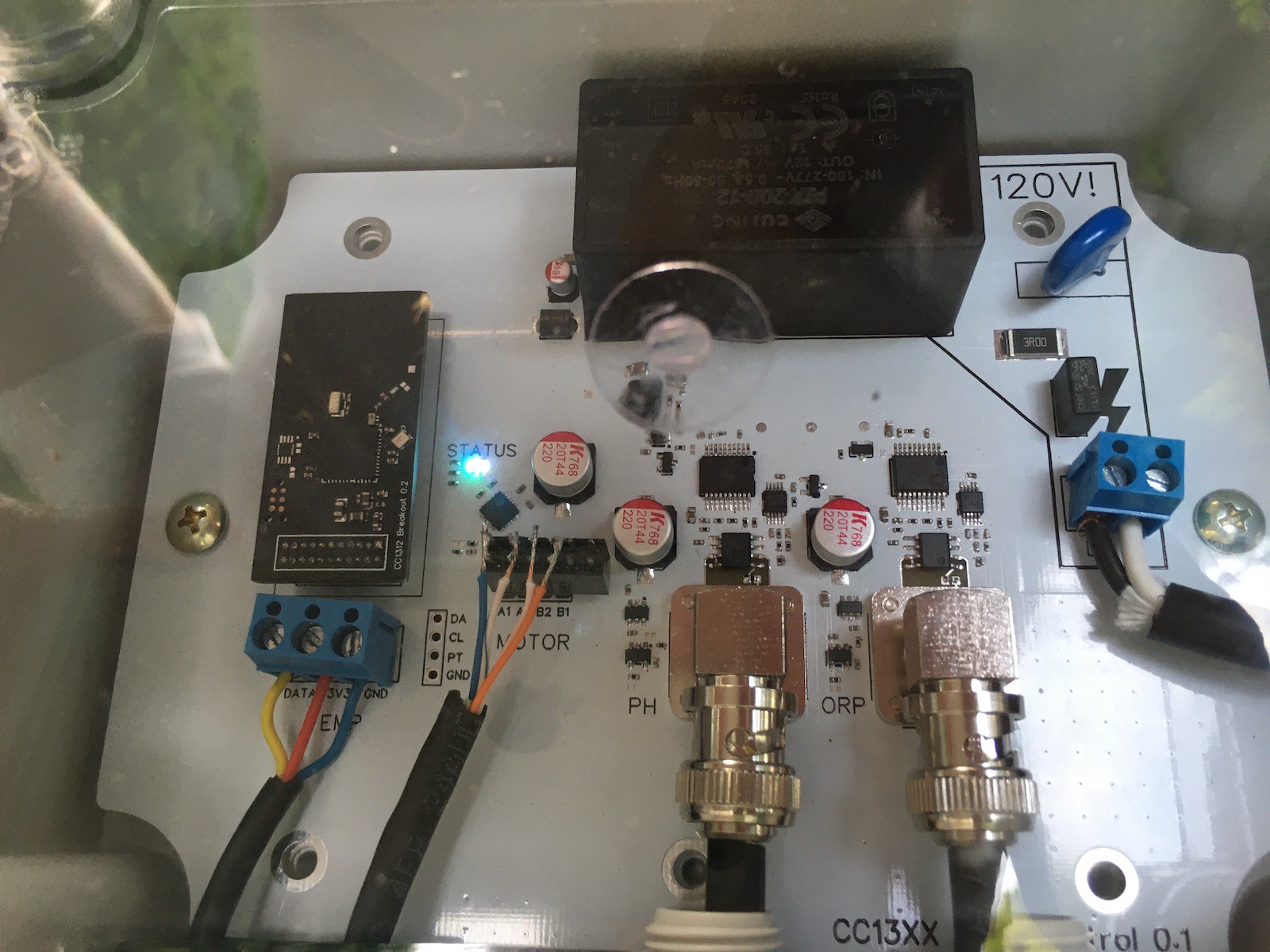
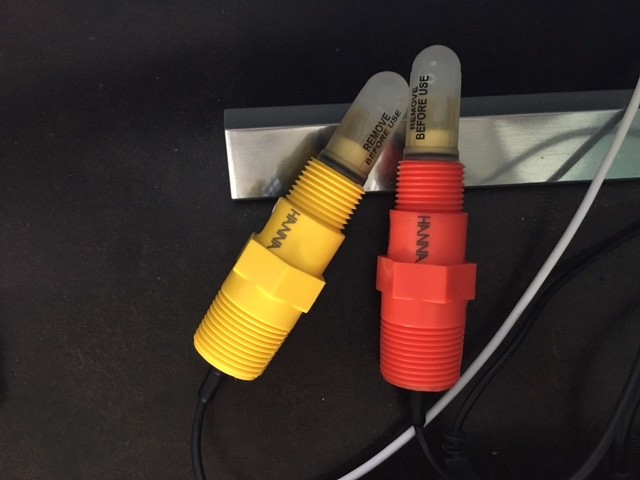
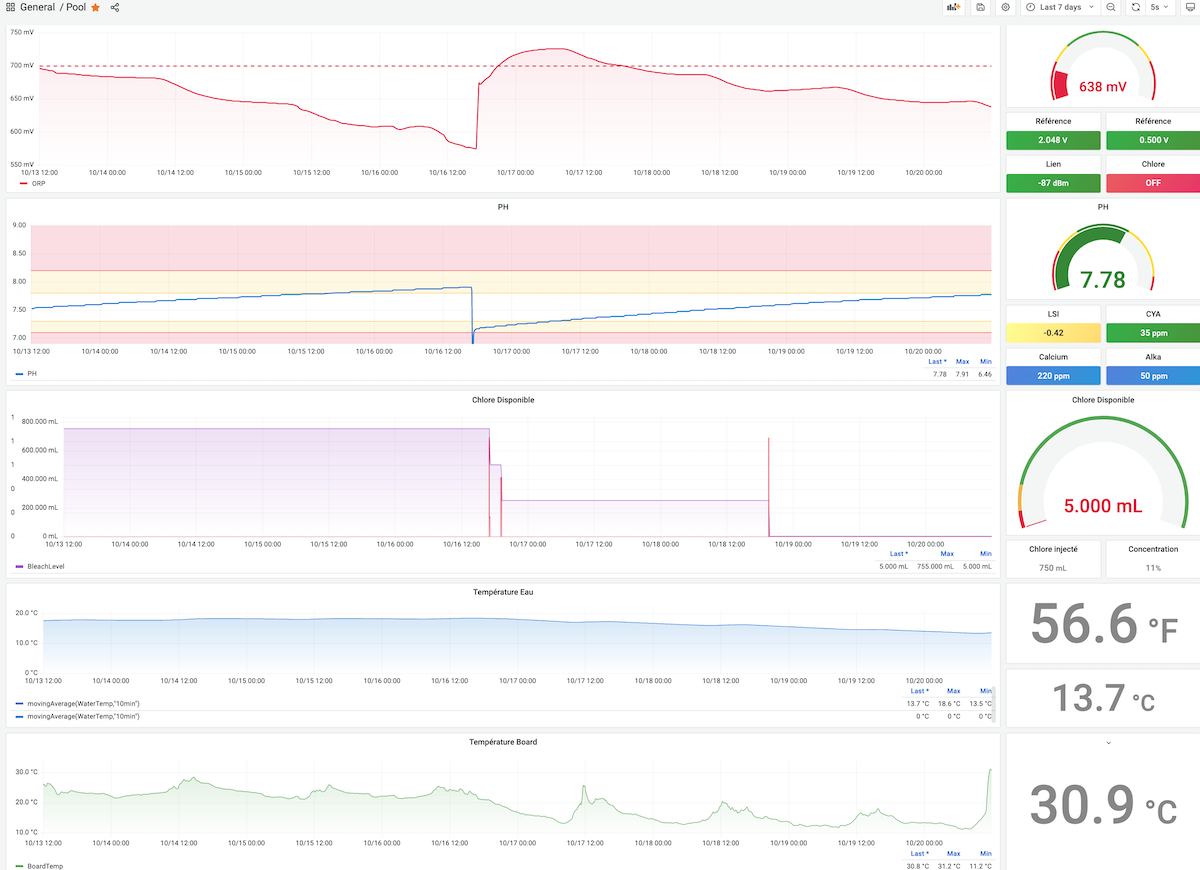
Like all other projects here, this automatically associates and joins a private area network using the 802.15.4 protocol.
 Discreet Mayor
Discreet Mayor

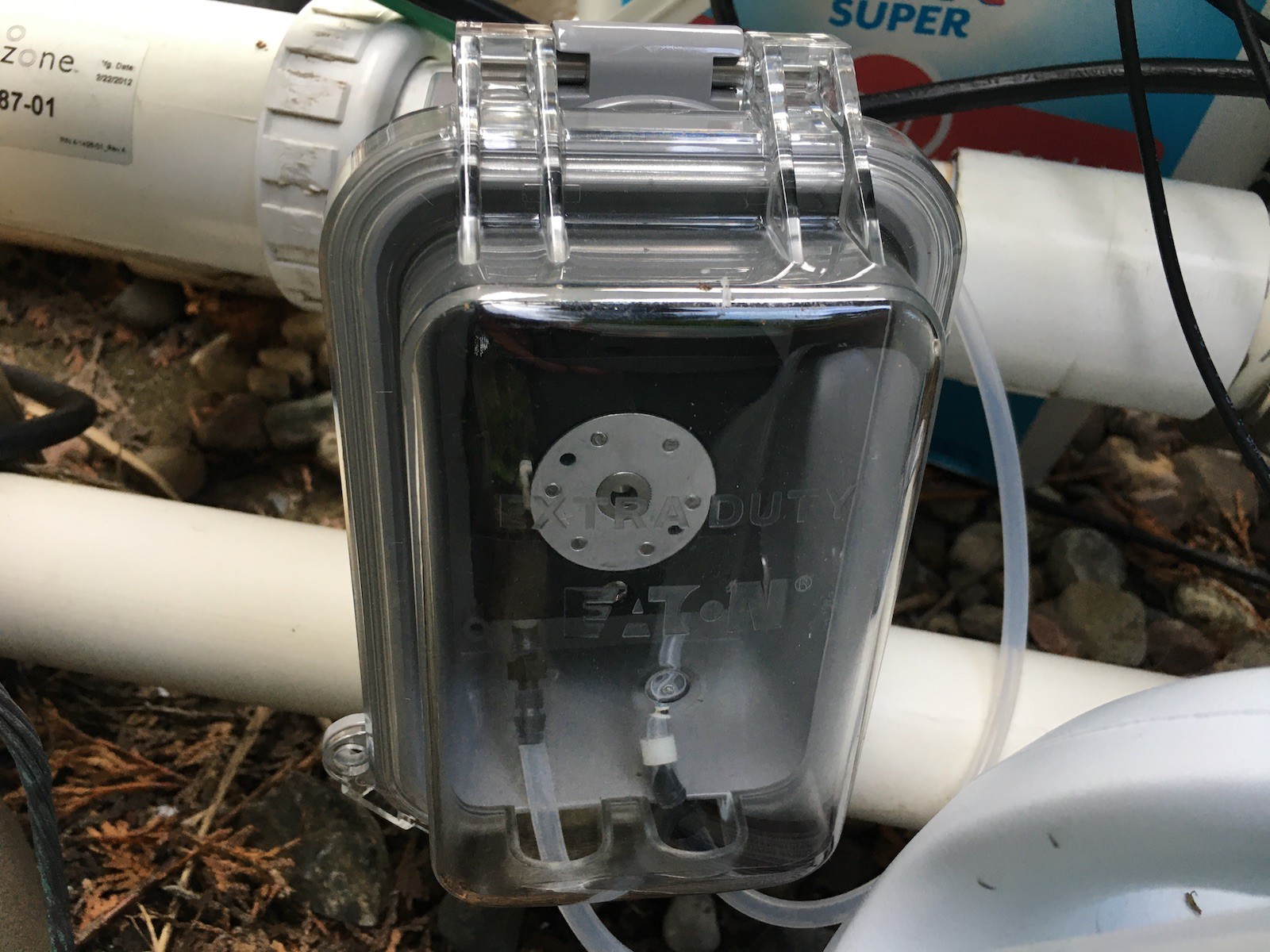
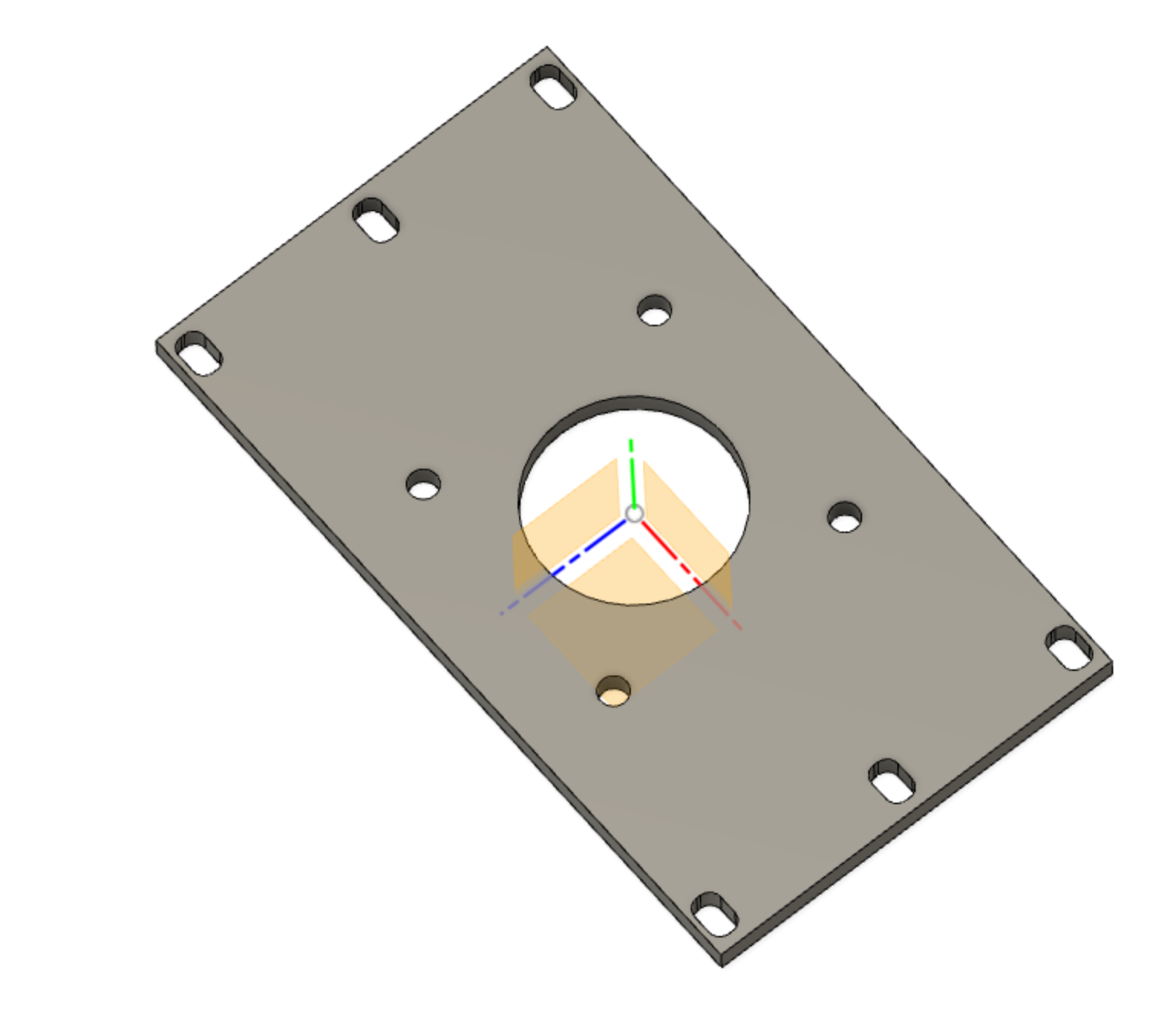
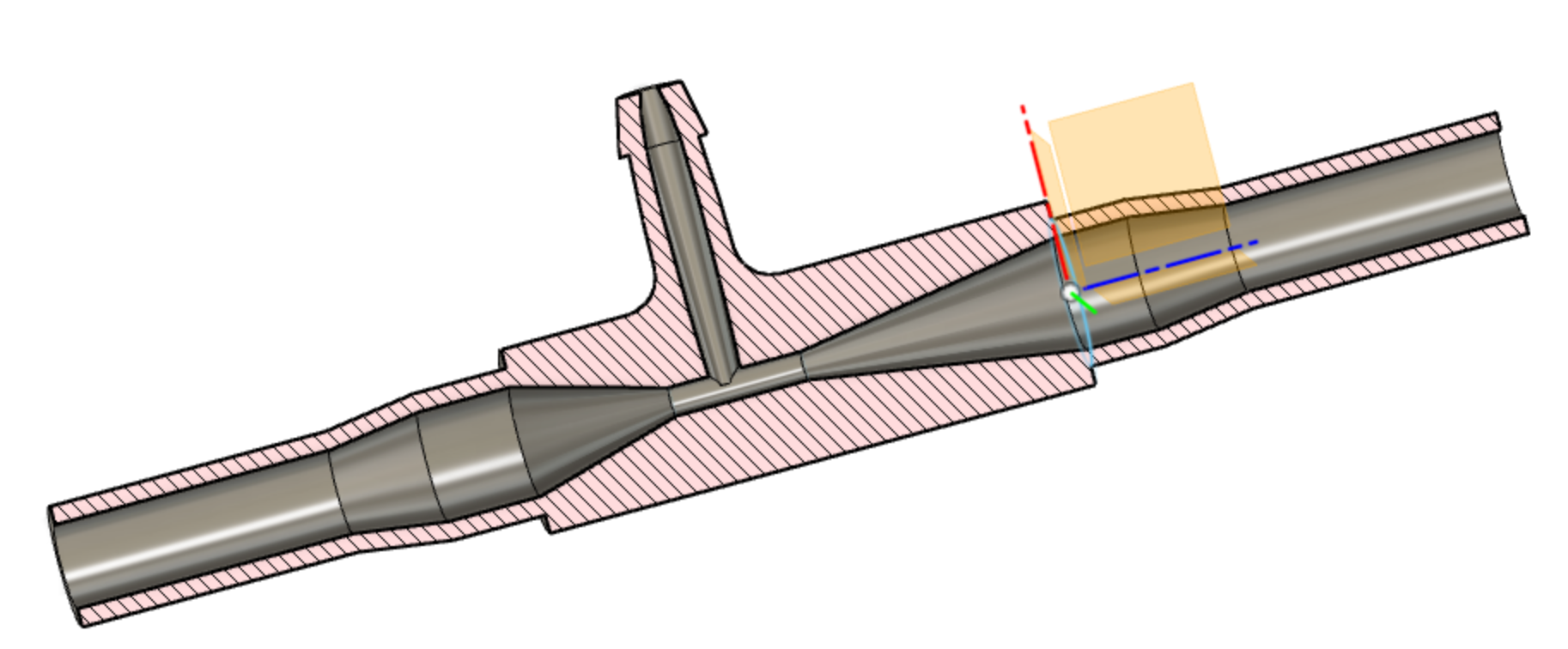
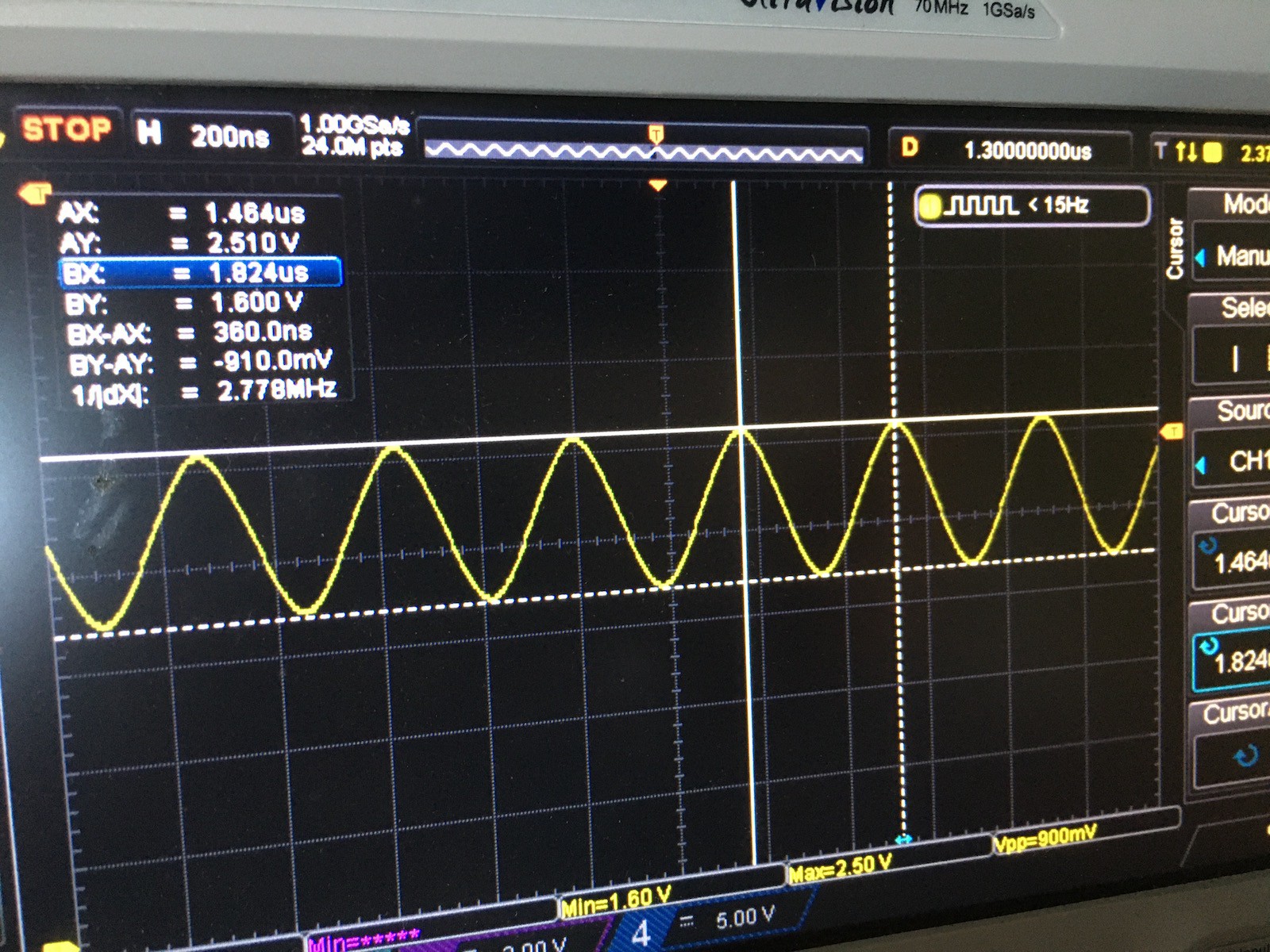
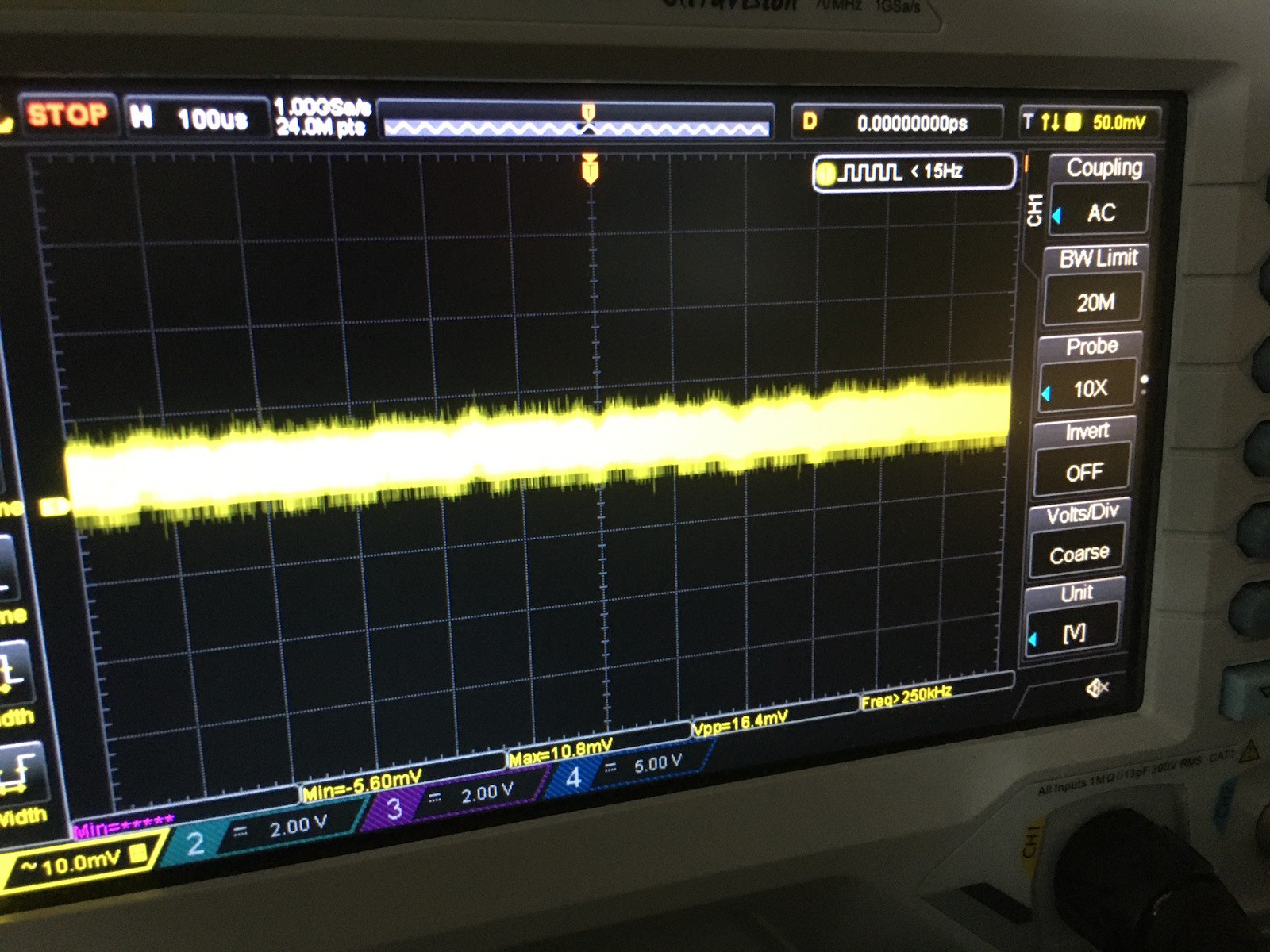
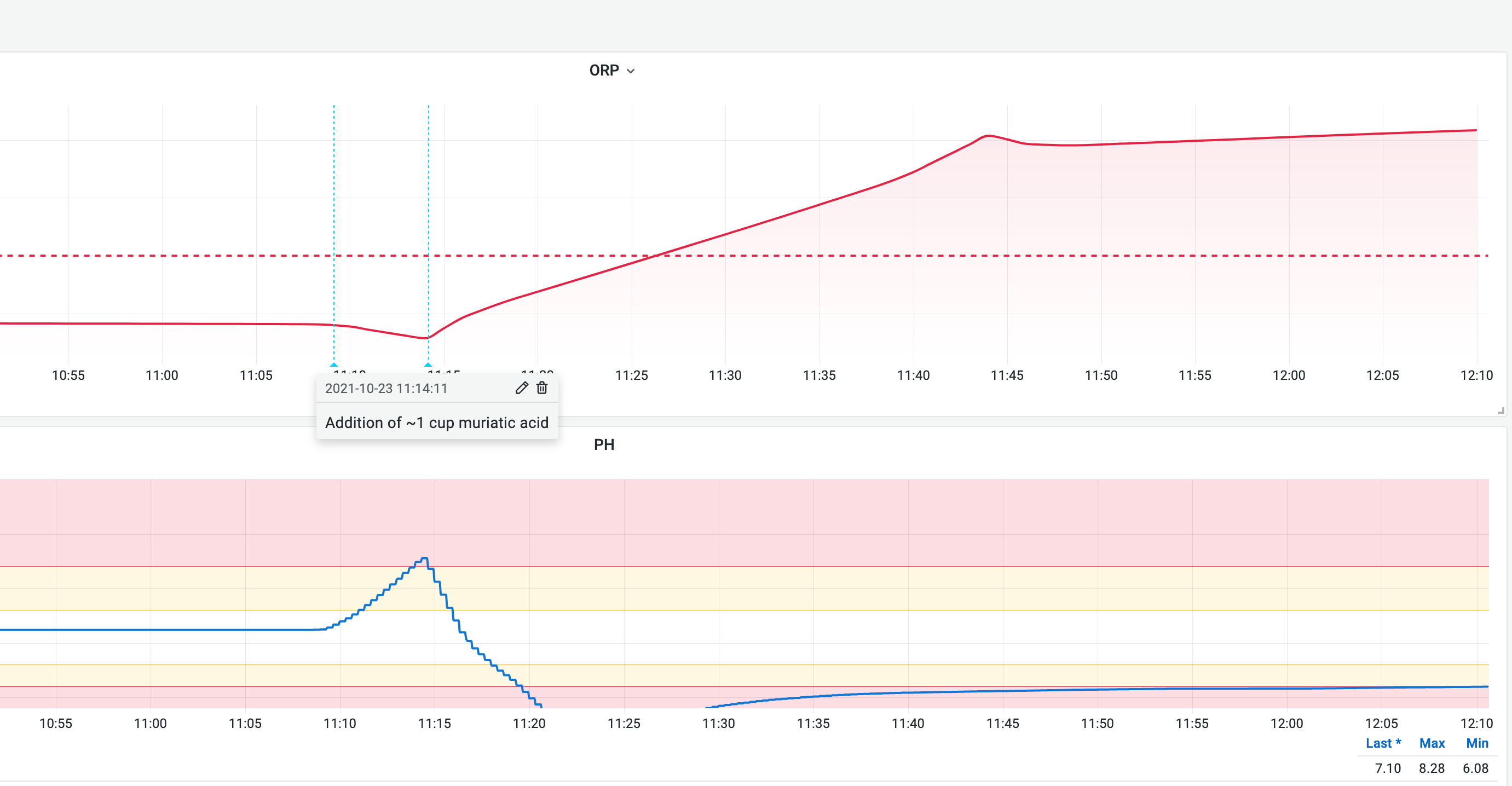

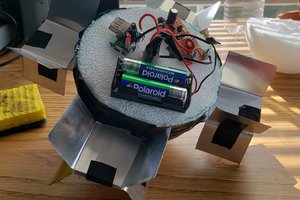
 Kedric
Kedric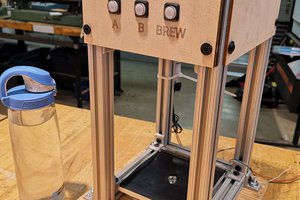
 Sean Morton
Sean Morton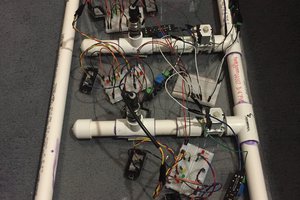
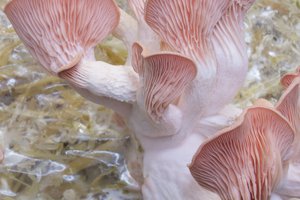
 Kyle Gabriel
Kyle Gabriel
great project, I would like to know how you compute the chlorine volume to inject ? There is no relation between pH. Do you measure chlorine concentration in other methods ?